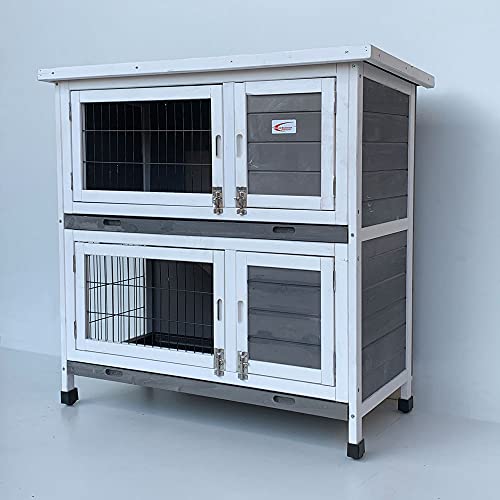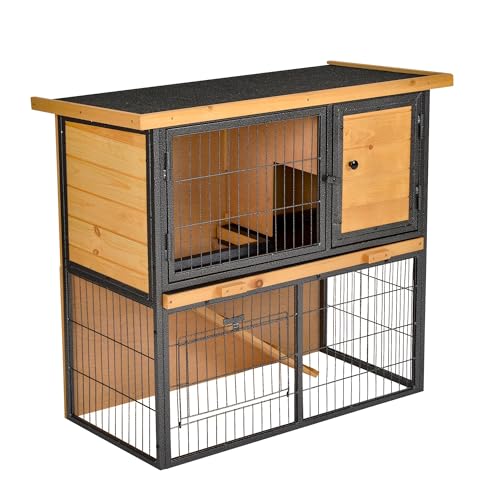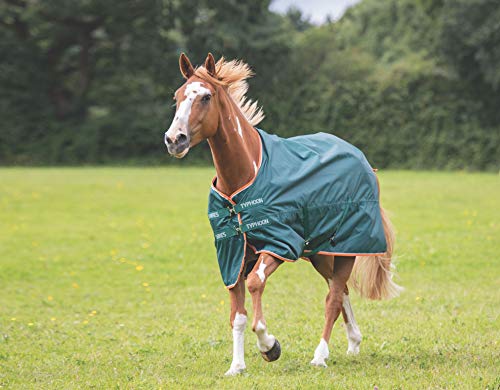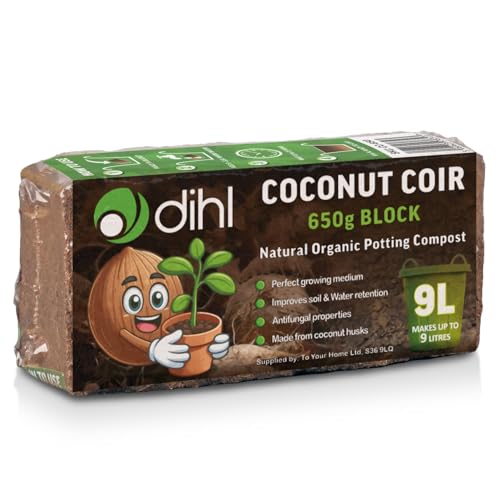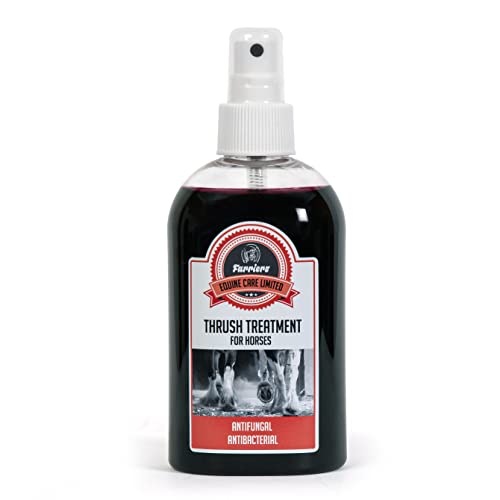Understanding the Basics: What is a Rabbit Hutch?
Defining a Rabbit Hutch
A rabbit hutch is essentially a safe and comfortable enclosure designed for rabbits, providing them with a designated space to live, eat, and rest. It’s important to recognise that a hutch is not just a simple cage; it should accommodate your bunny’s natural behaviours, allowing them to hop around and explore. We can think of a hutch as a rabbit’s home, where it should feel secure while being protected from potential dangers like predators and harsh weather.
The Purpose of a Rabbit Hutch
The primary purpose of a rabbit hutch is to offer a sheltered environment for rabbits when they are not roaming freely. It serves to keep them safe from external threats and provides a space for them to retreat and relax. A well-designed hutch also plays a crucial role in ensuring your rabbit remains healthy and happy, making it an essential investment for any rabbit owner.
Key Features to Consider: What Makes a Great Rabbit Hutch?
Safety First: Locks and Enclosures
A great rabbit hutch must prioritise safety. Look for features like secure locks and sturdy construction to prevent escapes and keep predators out. The design should limit gaps where a curious bunny might squeeze through or where other animals could intrude.
Ease of Access for Care
Accessibility is essential when choosing a hutch. Hutch designs with large openings or removable trays make it easier for us to clean and tend to our rabbits. This thoughtful design saves time and ensures that we can provide our bunnies with a clean living environment without stress.
Ventilation and Shade
Good ventilation is vital for rabbit health. Hutch designs featuring mesh or slatted sides allow for air circulation, helping to prevent overheating during warm weather. Furthermore, shaded areas protect our rabbits from extreme sun exposure, ensuring they remain comfortable.
Size and Space: Choosing the Right Hutch for Your Rabbit
Understanding Rabbit Sizes and Breeds
Rabbits come in various sizes, from small breeds like Holland Lops to larger breeds like Flemish Giants. The size of the hutch we choose should reflect our rabbit’s breed and size to provide enough space for movement and comfort.
Determining Hutch Dimensions
As a general guideline, each rabbit requires a minimum of 3 square feet of floor space in their hutch, plus an additional 2-3 square feet for every extra rabbit. Keep in mind that height also matters; rabbits enjoy jumping and exploring vertically, so a multi-level hutch can be beneficial.
Materials Matter: The Best Materials for Durability and Comfort
Wood vs. Metal vs. Plastic
When selecting materials for a rabbit hutch, consider both durability and comfort. Wooden hutches provide a natural feel and good insulation, but they should be treated to resist weather and chewing. Metal is durable and easy to clean but can get hot in the sun. Plastic is lightweight and easy to maintain but may not offer the best insulation. That’s why a combination might often work best.
Weather Resistance and Insulation
Regardless of the material, look for hutches designed to withstand various weather conditions. Insulation is important, particularly in colder climates, so be sure to choose a hutch that helps keep your rabbit warm during the winter months.
Setting Up Your Rabbit Hutch: Tips for a Happy Bunny Home
Adding the Right Bedding
Creating a comfortable environment begins with selecting suitable bedding. Soft hay or aspen shavings are excellent choices, providing warmth and comfort while inhibiting unpleasant odours. We should ensure that bedding is regularly cleaned and replaced to maintain hygiene.
Creating Enrichment Options
To keep our rabbits occupied and happy, incorporate toys and items within the hutch. Chew toys, tunnels, and platforms encourage natural behaviour and mental stimulation, which are crucial to our bunny’s happiness.
Introducing Your Rabbit to Their New Home
When setting up the hutch, it’s a good idea to introduce our rabbit gradually. Allow them to explore the hutch at their own pace, offering treats and reassurance to help them feel secure in their new environment. This gentle introduction can make all the difference in helping our rabbits adjust and thrive.


